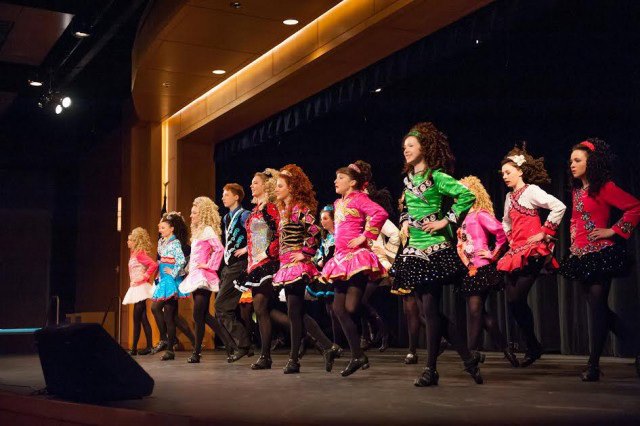Creating Balance through Dance is focused on the critical middle school years and is designed to teach the art of dance and to promote creativity, critical thinking, cultural awareness, and communication. Creating Balance through Dance took place daily for the entire school year, from August 26, 2013 through June 5, 2014. Six-week units teaching different forms of dance were incorporated, and specific emphasis was placed on incorporating activities that were designed to encourage creativity and collaboration. Made possible through a Met Life grant through national Young Audiences, we were able to incorporate research focused on assessing how this dance program affected academic performance and the 21st Century Skills of Creativity and Collaboration. Academic performance of the girls participating in the dance program was compared to those students at the same school not participating in the dance program. Additionally, Creativity and Collaboration skills of the participants were compared from the beginning to the end of the dance program through pre- and post-journaling.

Creating Balance through Dance
Creating Balance through Dance was designed and implemented to create an opportunity for at-risk middle school girls to experience, understand, create the art of dance and to be able to connect to real life what they experienced and learned. This case study is intended to provide an overview of the design of the program as well as the research that was implemented in order to assess the effectiveness of the program.
In assessing the effectiveness of Creating Balance through Dance, we implemented pre- and post-program journaling assignments for all participants in the program to determine to what degree their levels of using creative thinking and their ability to work collaboratively had changed during the course of the year-long program. We also gathered academic data for the participants that included grades, attendance and discipline referrals, and compared that data to other students in the school not participating in the residency. Additionally, we videotaped interviews at the end of the program to assess how well our program incorporated the YA essential elements of create, understand, experience and connect the art of dance. This combination of information gathering is helpful in gathering accurate data through both written and verbal communication.
Final reports on our research are provided and attached. In summary, girls that participated in the dance residency had high grade point averages (ranging from 83-85%), and missed fewer days of school and had fewer discipline referrals than non-participants. Through analysis of journaling, it is concluded that this program has supported the participants' ability to create original ideas and increased their ability to effectively collaborate with their peers.
From the research that was conducted through journaling, evaluation of academic indicators, and assessment of video-taped interviews it can be concluded that this dance residency was effective in building self-esteem, increasing school performance, and encouraging positive life choices of at-risk middle school girls.
Through the process of developing and implementing this program we were able to gain more information about how the program should be implemented moving forward: what teaching methods/strategies should be improved, how we conduct our research to make it most accurate, and what questions we should be assessing that make our program most relevant to students' needs.
We will be meeting with teaching artists over the summer to discuss changes to teaching strategies based on feedback from the teachers and staff at the schools. Through discussions with other YA affiliates that participated in the MetLife grant providing funds for research and assessment, we have been able to gather additional methods of assessing and evaluating, especially those related to videography, that we will want to incorporate moving forward. We also are wanting to explore the possibility of more artist to artist assessments which have provided good feedback for other YA affiliates.
Moving forward with the above improvements implemented, we will be able to be more relevant in regard to the needs of the participating students
This toolkit article is the report of a case study conducted by Young Audiences Arts for Learning.
The original report can be found at the following page.


Leave a Comment